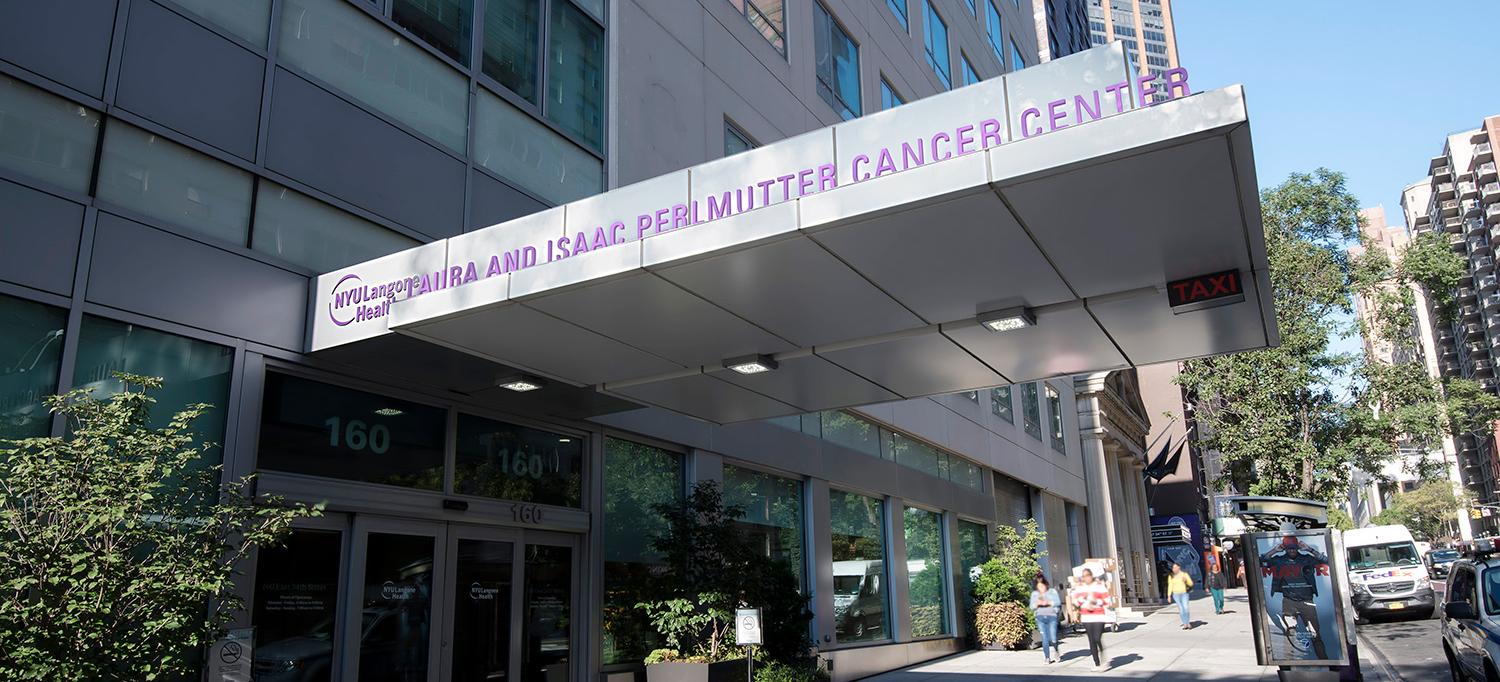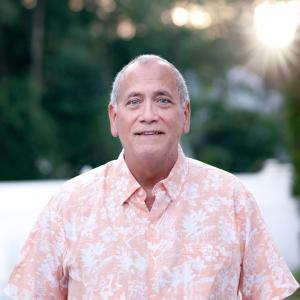
Photo: NYU Langone Staff
Gary D. Steinberg, MD, a nationally recognized specialist in the surgical treatment of bladder cancer, has dedicated his career to the advancement of bladder cancer education, research, and treatment.
A urologist and surgical oncologist, Dr. Steinberg recently joined NYU Langone as director of the Goldstein Urology Bladder Cancer Program at Perlmutter Cancer Center and as a member of the Department of Urology faculty. Dr. Steinberg most recently served as the Bruce and Beth White Family Professor of Urologic Oncology and director of Urologic Oncology at The University of Chicago.
He discusses why he moved to New York, the importance of advocating for people who have bladder cancer, the benefits of urinary tract reconstruction, and more.
You recently joined NYU Langone after a long career at The University of Chicago. What attracted you to move to New York?
NYU Langone has always been a great medical center, but over the past 10 or 15 years, the institution has been emphasizing translational and basic science research, and optimizing patient care and outcomes with personalized therapy. New York City in general, and NYU Langone and Perlmutter Cancer Center in particular, has an accumulation of very talented people who are working in a multidisciplinary fashion to tackle some of the challenges in treating cancer, including personalizing therapy, and are involved in the latest translational and basic science research.
What enticed me to come to New York is that NYU Langone is a much larger institution than where I came from, and I felt that there was no limit to where we can move the field forward. The resources, opportunities, and brainpower in collaborations are here, with the aspiration to make this the number one best urologic and bladder cancer program that we can have.
What are some of the research activities you will be working on now that you are at Perlmutter Cancer Center?
One of the things that I’ve been very interested in is not just administering chemotherapy or performing surgery for bladder cancer, but in personalizing therapy by identifying which therapies are best, whether it’s from looking at the patient’s genomics or tumor mutations, or more importantly, combining therapies and looking at how we can best utilize the immune system to fight cancer.
I’ve been heavily involved in immunotherapies for bladder cancer, which, like lung cancer, kidney cancer, and melanoma, is a highly mutated cancer. Highly mutated types of cancer appear to respond better to the immune system. Having said that, there’s still a lot of work to do to optimize the immune response, to take those patients who initially don’t respond to immunotherapy, and figure out how to add additional agents to potentially strengthen their immune systems. Vaccines are one option for achieving that.
Can you tell us about the advantages of your urinary tract reconstruction technique?
I think that all too often, patients are left with very limited options for the type of urinary tract reconstruction they can have when it comes time to remove the bladder. Patients are often faced with ileal or urinary stomas, which we call ileal conduits—this is where a urinary tract is attached to a small portion of the intestine and comes out through the patient’s abdominal wall and skin. It’s a urinary collection device, meaning it doesn’t store urine, it just drains it into a bag 24 hours a day, 7 days a week. That leaves patients with the perception that not only do they have cancer, but they now have to live the rest of their lives with their urine collecting into a bag.
Even though techniques to create continent urinary tract reconstructions, which give patients control over when they urinate, have been around since the late 1980s and early 1990s, frequently physicians just perform the urostomy or ileal conduit. It takes quite a bit more surgical expertise and experience, as well as visits with the doctor and surgical team to help the patients understand how to eliminate their urine with their new bladder, and whether they can urinate like they did before surgery or if they need to catheterize their new internal bladder.. Most urologists and physicians aren’t equipped to apply the technique and don’t have the training.
I was an early adopter of continent urinary reconstruction, and I have performed a large number of what we call neobladders over the past 25 years. I’ve just learned a tremendous amount about how to avoid intraoperative and postoperative complications, and how to counsel and educate patients on how to urinate with their new urinary tract. It requires a dedicated team and an experienced approach that is not readily available in the vast majority of centers in the United States.
You are a committed advocate for research on improving therapies for bladder cancer, as well as an advocate for people with the disease. How did you get involved in this?
I helped found the Bladder Cancer Advocacy Network, where we brought together urologists, scientists, and medical and radiation oncologists interested in helping take care of people who have bladder cancer, with substantial involvement of bladder cancer advocates, patients, and caregivers. And over the last 15 years, I am incredibly proud that our work has made bladder cancer one of the hottest areas of investigation and research.
There’s now a whole gamut of people involved in bladder cancer, from academics to pharmaceutical companies, and a huge number of clinical trials. For the past 10 years, I’ve been the chairperson of the scientific advisory board for the Bladder Cancer Advocacy Network. I’m also the chair of the executive committee for the Bladder Cancer Research Network. I have also been a past program chair and a member of the Bladder Cancer Think Tank, which is a meeting we organize once a year inviting bladder cancer experts throughout the world to discuss issues of basic and translational research in bladder cancer.
I’m very heavily involved with advocacy and give a number of lectures to the bladder cancer community. One of the areas I work on is developing courses to help volunteers be better bladder cancer advocates. This work has become a full side job, but something that I think is incredibly important and rewarding. I’ve been very happy to be so instrumental in the growth of this organization.

